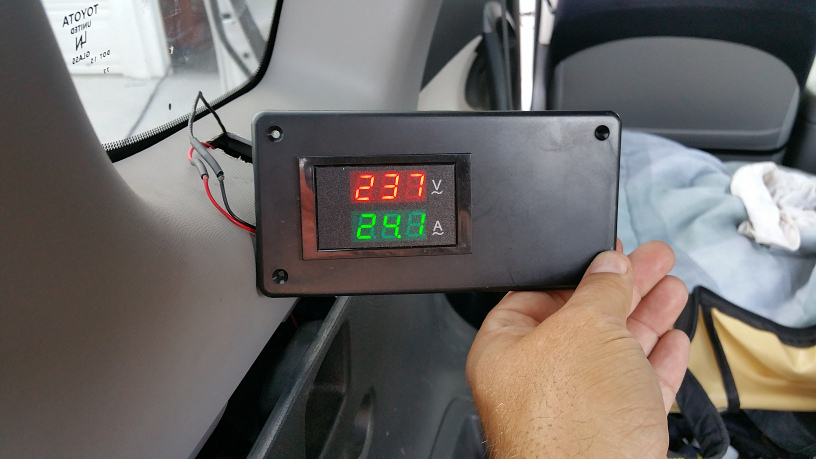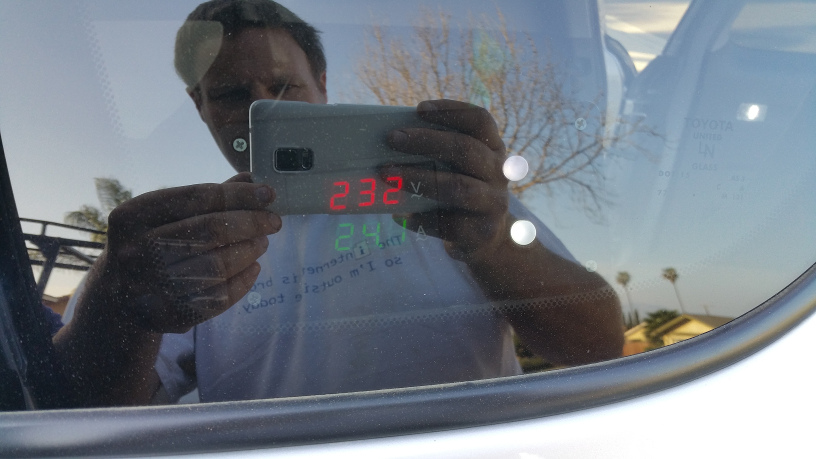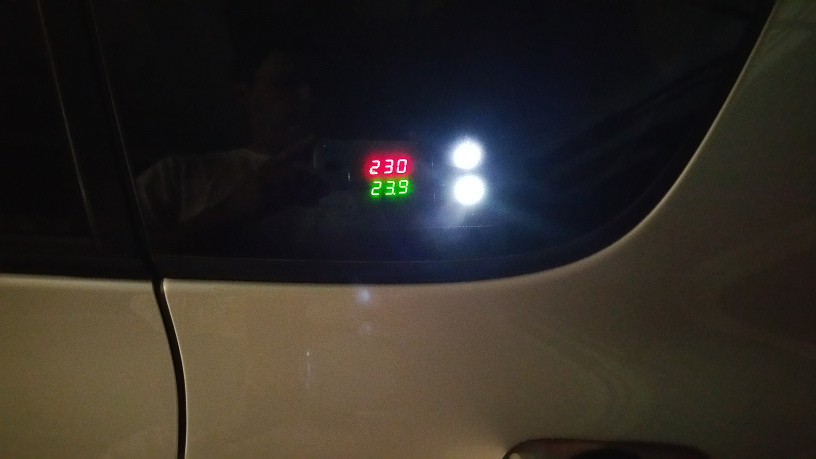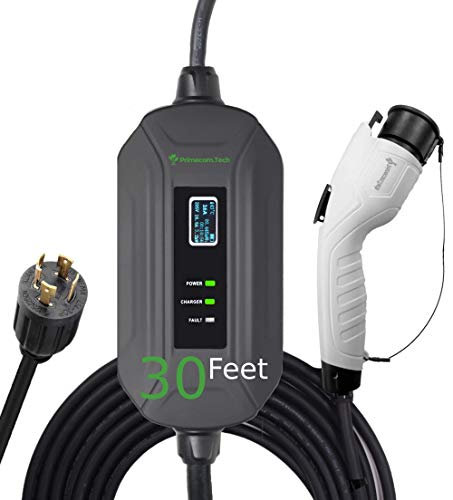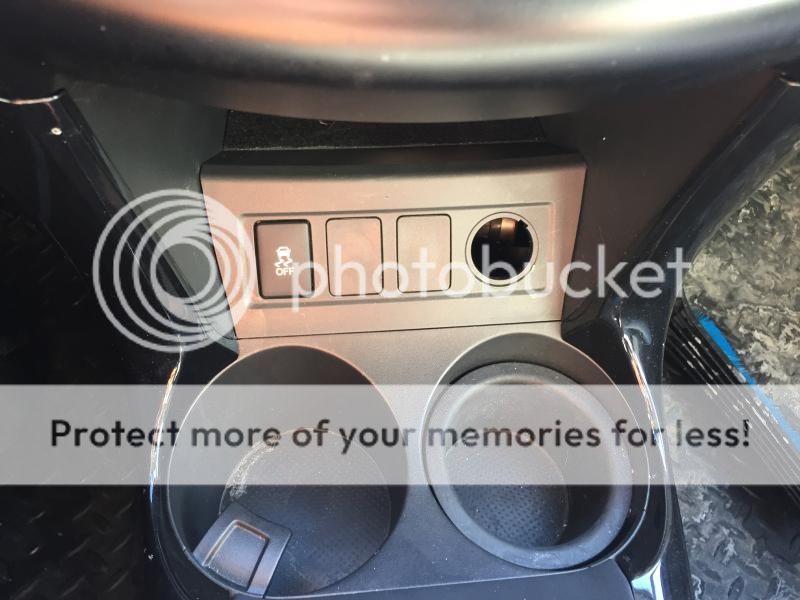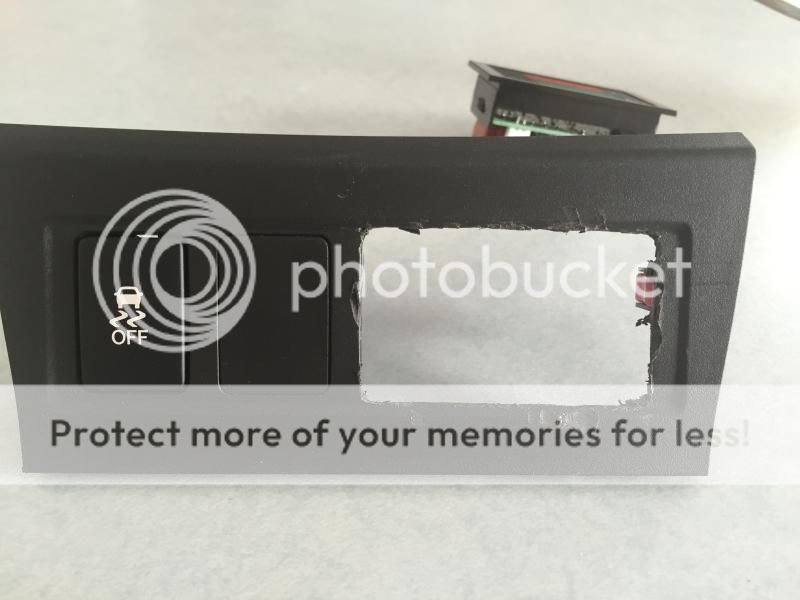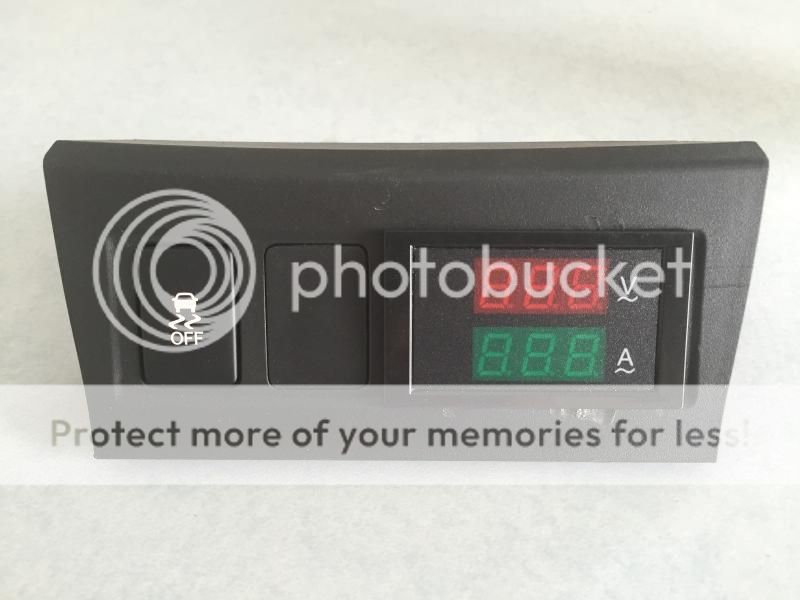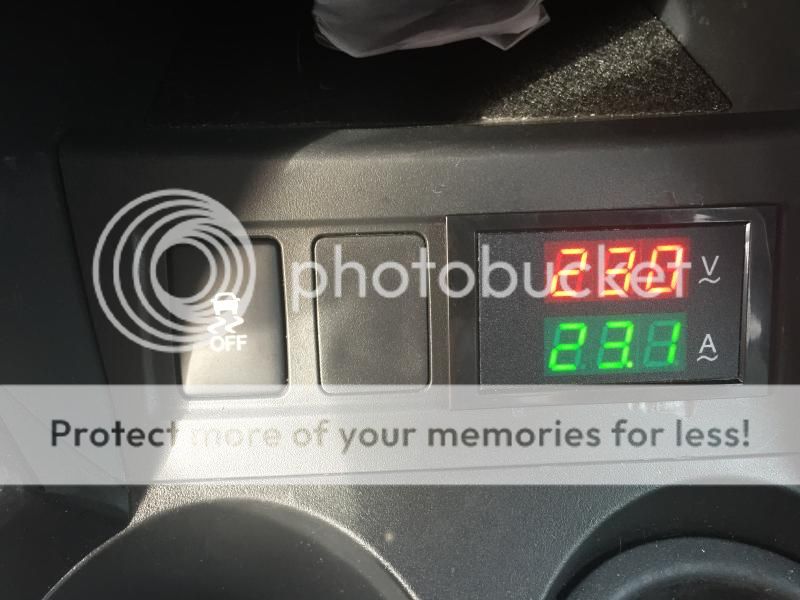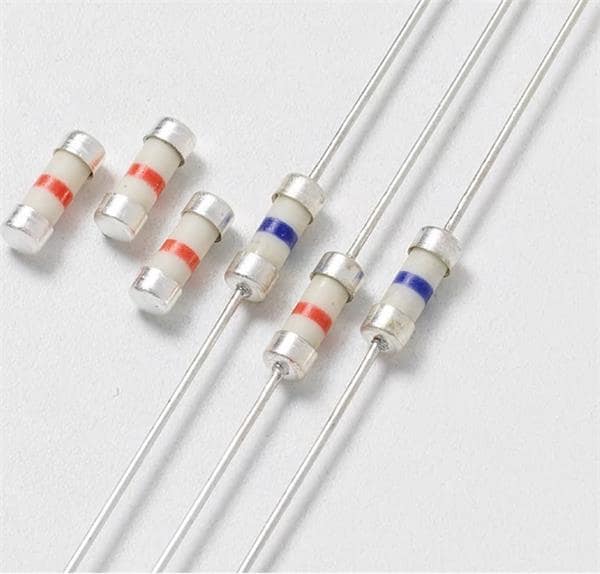dstjohn99
Well-known member
Jimbo - awesome pics and description. Thanks for the detail and step by step. I would also like to hear about reliability since the reviews on these chinese made displays are very mixed. It's interesting your first display quit even though rated for 240VAC. I like the functions much better than only volts / amps for the second display. I've only public charged 3 times, but it is obvious that the different stations have incredibly different power capacities and the voltage / amperage information is critical to knowing what you actually get. Sometimes I think it's worth a drive to a different station.
Dennis, Nice display on the JB. I have a new JB for the trial program - no display. I'm not sure what it is set at yet and after the trial I will likely try to add the LCD and volts / amps displays. I like the plexi cover. This is a good idea for making the mod's without permanent changes to the factory cover. Important for me since the JB may get swapped / replaced in the future. They are getting the unit safety certified and if changes are required they indicated my unit might be replaced with another after certification is complete.
Dennis, Nice display on the JB. I have a new JB for the trial program - no display. I'm not sure what it is set at yet and after the trial I will likely try to add the LCD and volts / amps displays. I like the plexi cover. This is a good idea for making the mod's without permanent changes to the factory cover. Important for me since the JB may get swapped / replaced in the future. They are getting the unit safety certified and if changes are required they indicated my unit might be replaced with another after certification is complete.




